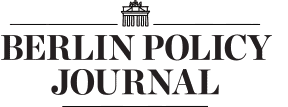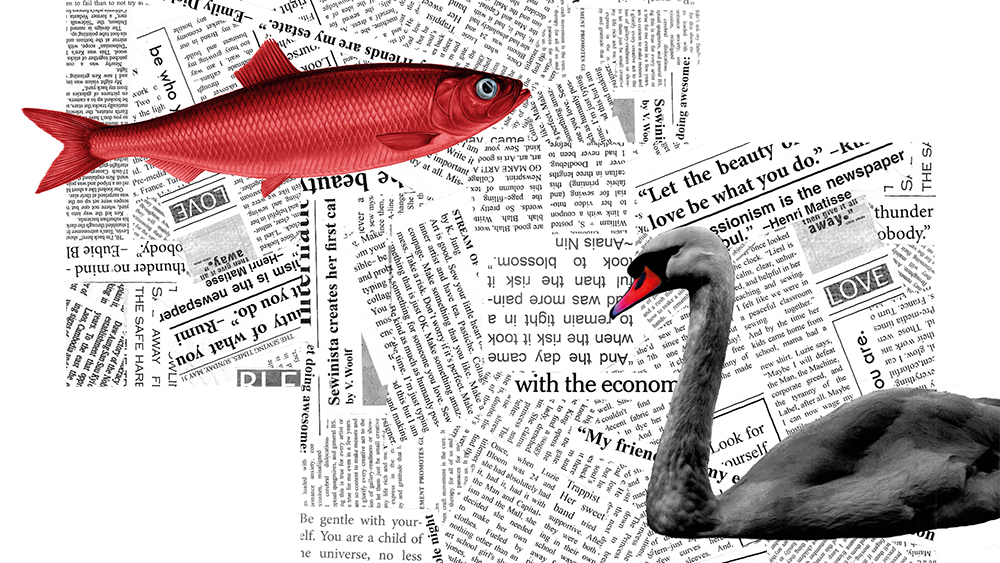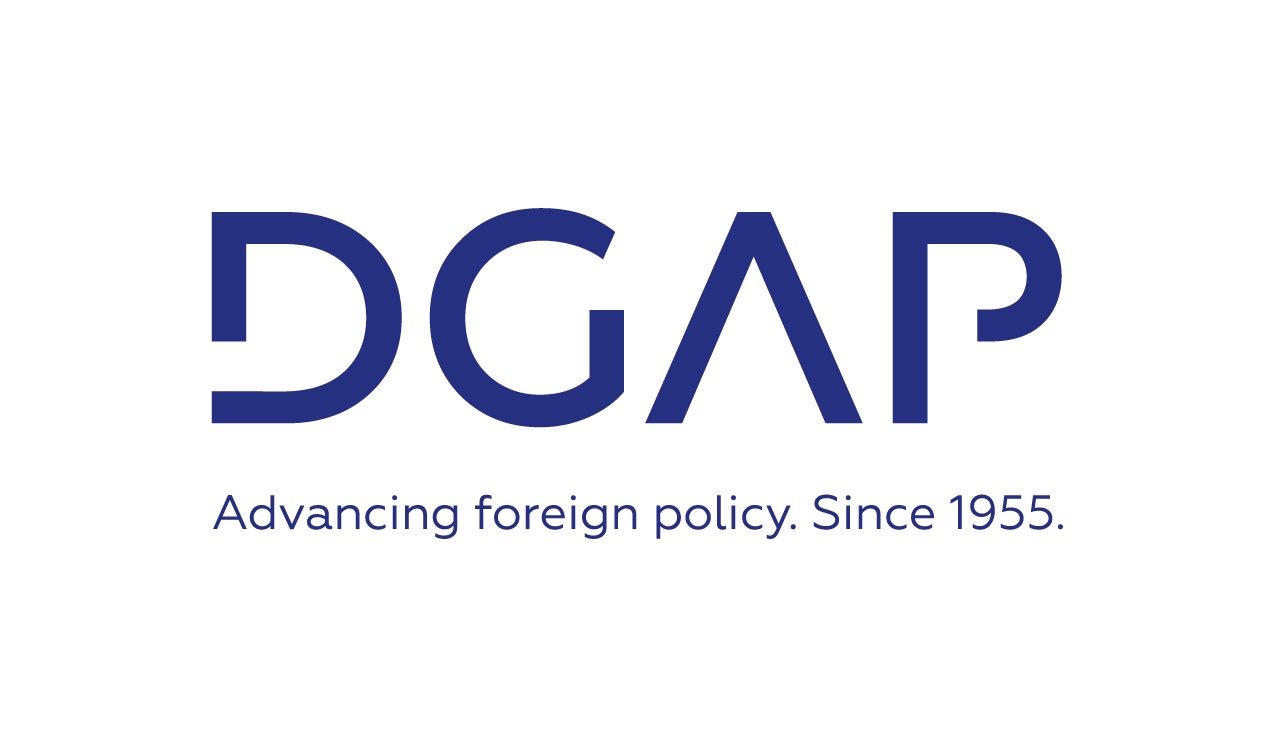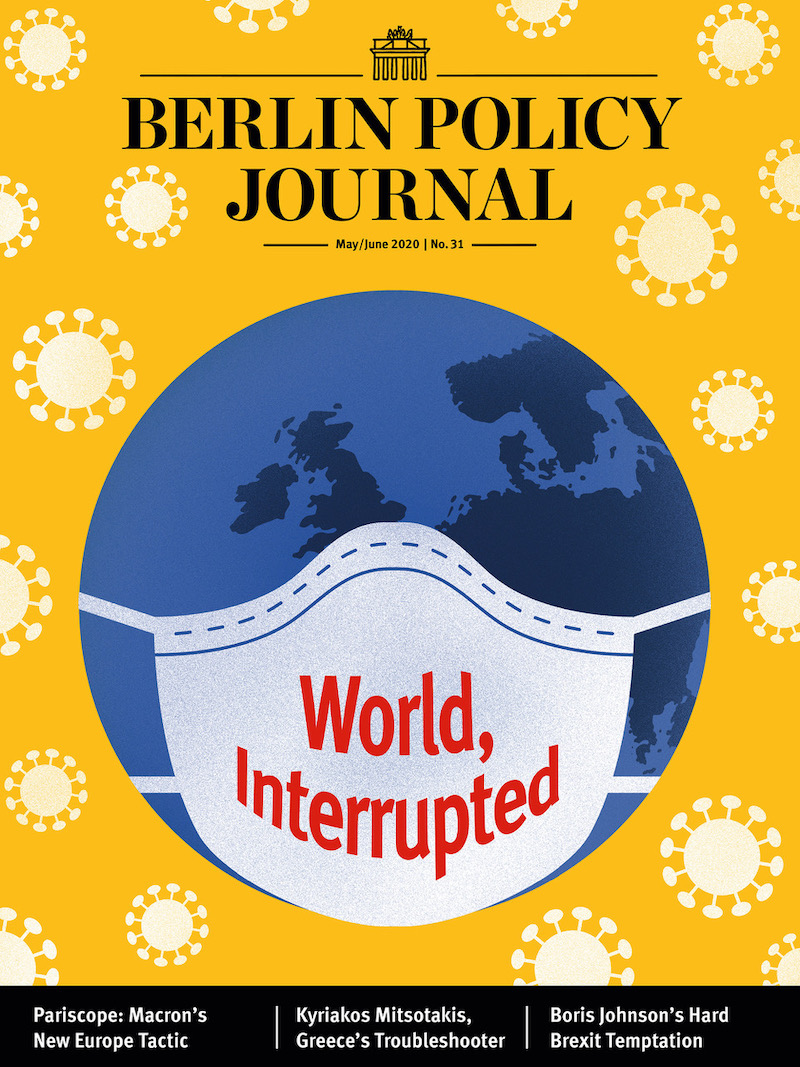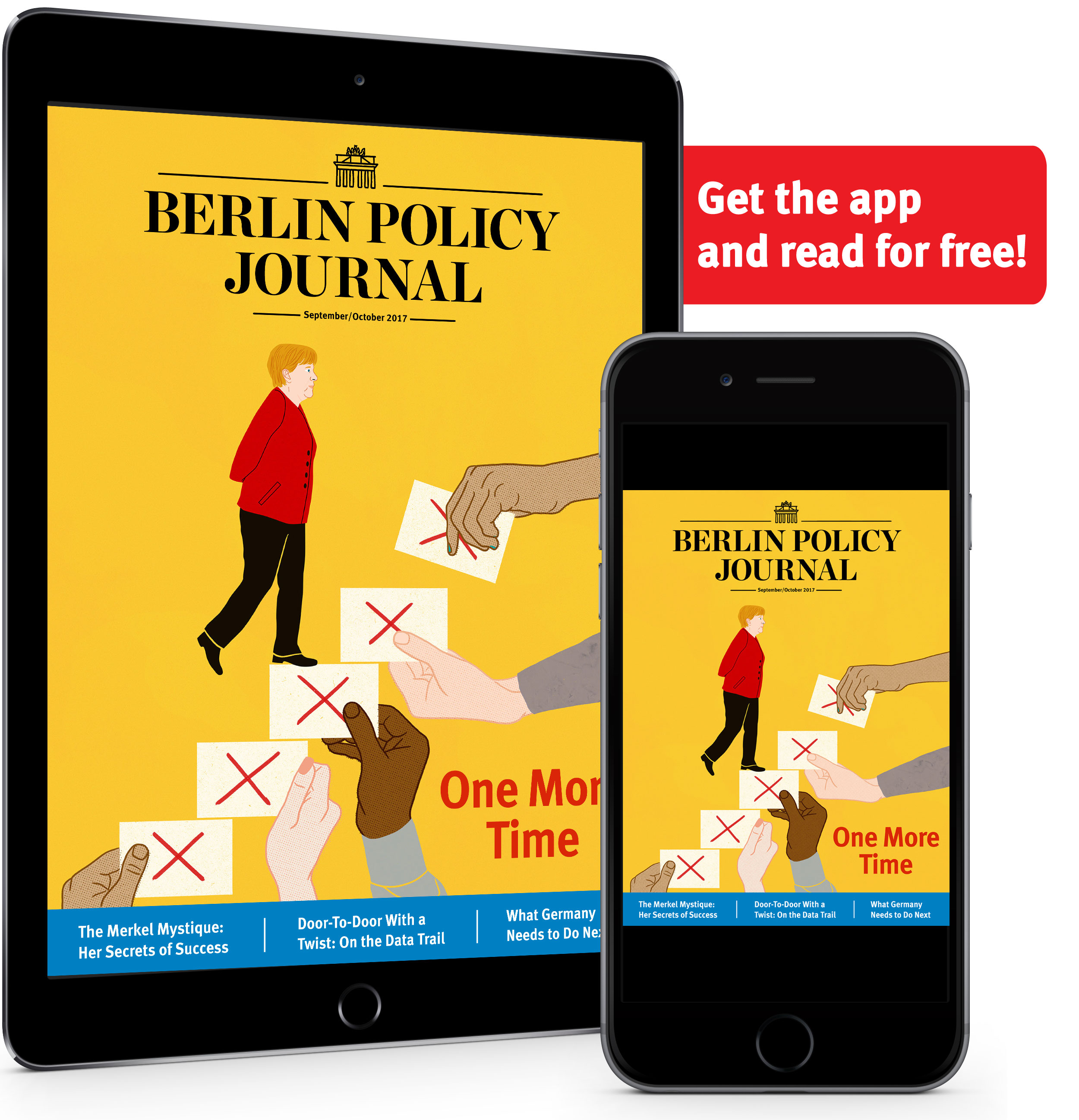When European countries joined the Beijing-led Asia Infrastructure and Investment Bank against the White House’s wishes in 2015, they foreshadowed today‘s transatlantic trade rupture.
From the campaign trail to the White House, US President Donald Trump has made it clear that he considers China to be the United States’ greatest geostrategic threat. But when it comes to America’s European allies, he sees them as lagging not too far behind the Chinese. But while a fledgling global trade war and a collapse of transatlantic relations are dominating headlines, what’s not making page one is the expansion of a China-led bank, and how its formation highlighted the first signs of the current breakdown in EU-US relations.
The Asia Infrastructure and Investment Bank (AIIB) opened on January 2016 with a near $100 billion capital base and European powerhouses Germany, France, Italy, and the United Kingdom among its founding members. The creation of the multilateral bank was fueled by China’s desire to lead a rival to the US-led World Bank and the Japan-led Asia Development Bank (ADB). All three seek to answer the nearly $8.3 trillion infrastructure demand in greater Asia.
From the outset, the US and Japan spurned China’s invitation to join the AIIB. But they were the only G7 nations to decline. Washington, under the leadership of Barack Obama, assumed its European allies, the UK in particular, would immediately follow suit. But the British government completely ignored the White House’s warning not to join, giving the US less than 24 hours’ notice before it became a member. Germany’s government, including then-Finance Minister Wolfgang Schäuble, met with France and Italy, and the three nations together decided to follow the UK’s lead and become founding members as well.
For the Trump administration, America’s $375 billion trade deficit with China is the biggest challenge to his country’s global standing. In reality, the US is hurt much more by its refusal to support the multilateral bodies it helped create in the post-war era, and new institutions like the AIIB.
The AIIB provides opportunities to nations that argue that current World Bank and IMF quotas do not accurately reflect the size and influence of their economies. Two years after its formation, the AIIB has expanded from 57 to 84 members, moving beyond Asia and Europe to include Latin American and African nations. This expansion is taking place at the same time that China is pushing its Belt and Road Initiative, a multi-trillion dollar trade and infrastructure project spanning seaports, waterways, roads, bridges, railways, and other brick and mortar projects in more than 80 countries.
Europe’s Stake
Although the bulk of AIIB’s infrastructure financing has been in Asia—there are already five projects in India, approximately $285 million in loans to the energy and power sector in Bangladesh, and a $100 million loan to a state-owned infrastructure firm in Indonesia—the bank has just announced it is including Kenya, and it has recently financed a project in Egypt. Ecuador, Peru, and Chile are among the Latin American nations looking to join. Many of the AIIB’s existing projects were implemented in collaboration with other multilateral banks, including the World Bank, ADB, the Inter-American Development Bank (IADB), and the European Bank for Reconstruction and Development (EBRD).
With the US absent, the AIIB’s largest non-regional shareholders are Germany (4.3 percent), France (3.2 percent), the UK (3 percent), and Italy (2.5 percent). Germany and the UK hold vice presidency seats, and from these positions, they can weigh in on human rights practices, an area of concern for the previous White House administration.
But not anymore—and with a US president taking the wrecking ball to the American-built world order, there has been a drastic shift for Europe in terms of priorities and alliances. With US sanctions looming over Europe’s existing business ties to Iran and over the Nord Stream 2 gas pipeline with Russia, not to mention tariffs and counter tariffs hitting industries from agriculture to automobiles, Europe’s recovering yet fragile economy will be ripe for Chinese money.
Although the AIIB’s mandate is currently focused on Asia, the Belt & Road Initiative snakes through Central and Eastern Europe as well, and Hungary, Poland, and Greece have already signed up to BRI projects. Although the AIIB’s capital base is only 30 percent of the European Investment Bank’s (EIB) capacity, it’s more than twice the size of the European Bank for Reconstruction and Development and could be used to supplement future projects.
A New Geostrategic Avenue
China’s large trade imbalance with Central and Eastern European countries has raised their demands for greater infrastructure financing. Greece, for example, is still reeling from the eurozone debt crisis and in need of both foreign and domestic investment. Meanwhile, major Chinese firms are already acquiring large stakes in Greek ports and industries as the EBRD is gearing up to finance the Trans Adriatic Pipeline project, which will run from Greece to Italy through Albania and the Adriatic Sea. As Athens pushes further for the privatization of critical assets, the AIIB could be in a prime position to provide additional capital after Chinese firms acquire these assets.
This is significant because it would crystalize a new geostrategic avenue between China and Europe through multilateral development financing, from an institution that is China-led and European-supported. Plus, with major EU countries very much involved in AIIB’s governance structure, the bank has more credibility in the global market place than its emerging market counterpart, the BRICS’ New Development Bank, created in 2014 by Brazil, Russia, India, China, and South Africa—at a time when the World Bank and IMF are more restrictive in their lending and more selective in the countries they choose as partners.
Joining the AIIB was one of the first signs that Europe was willing to break away from the US as a new global landscape is taking shape. The decision by key European states to align themselves with the AIIB will have an impact on the economic face of the world for decades to come.
